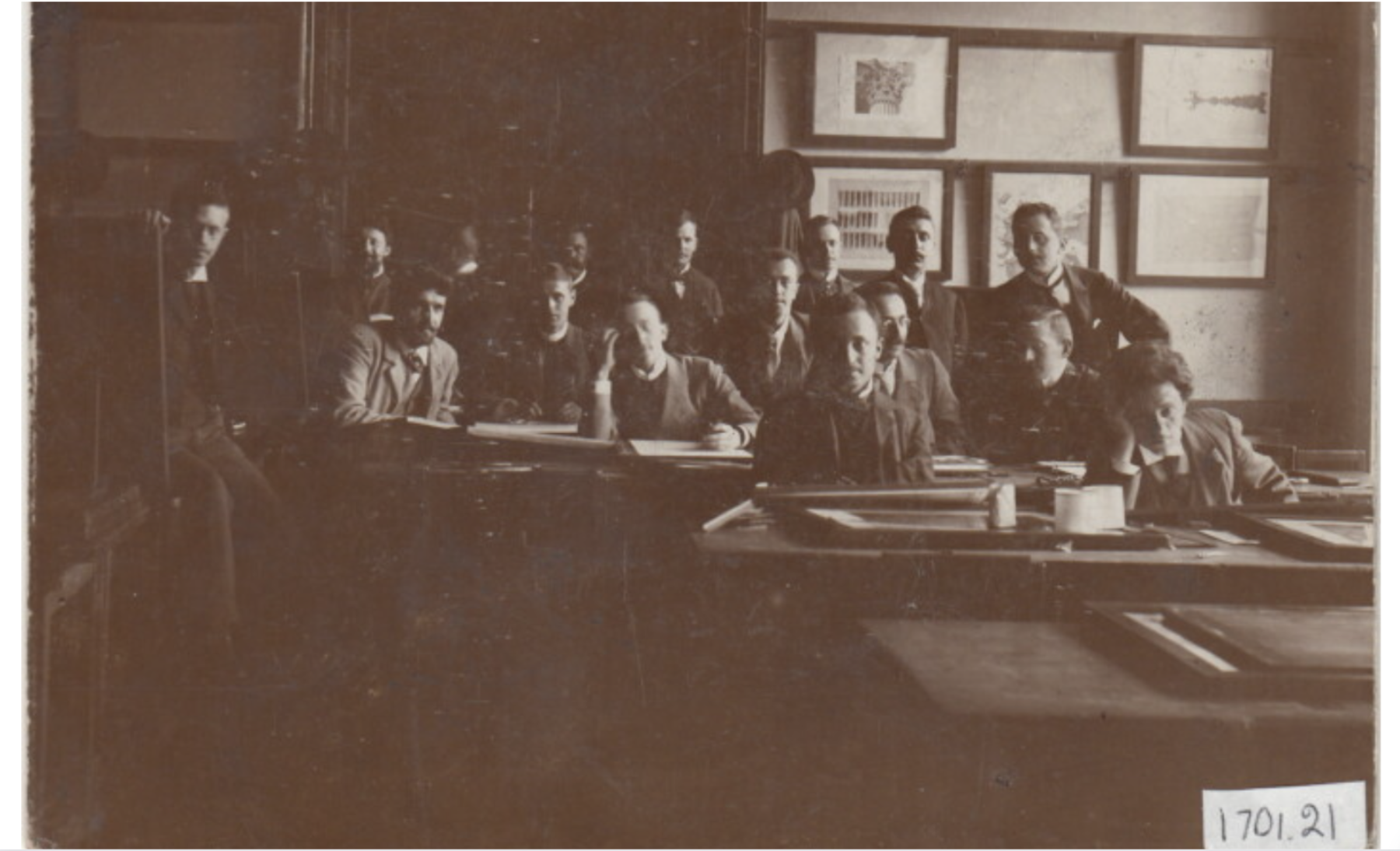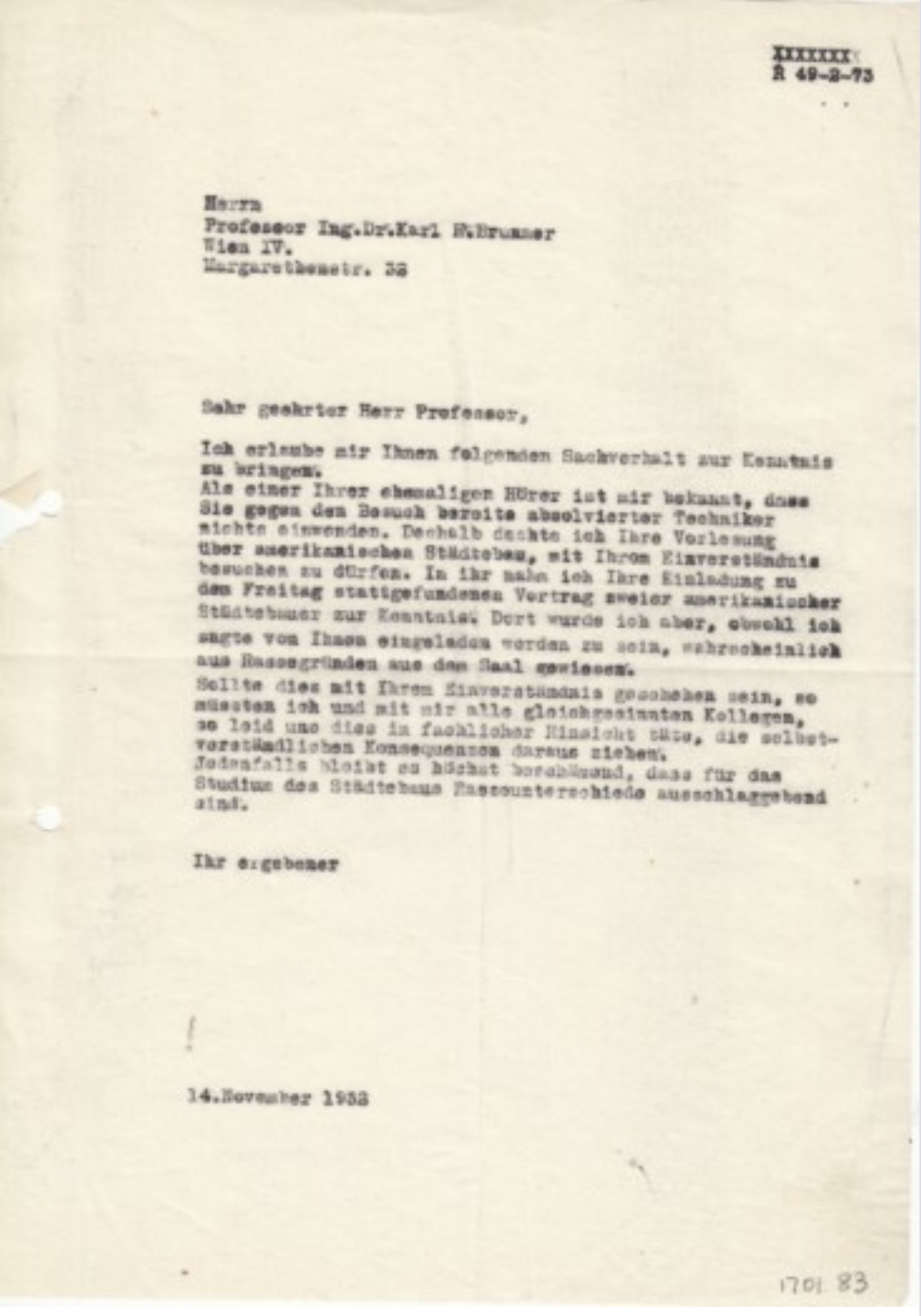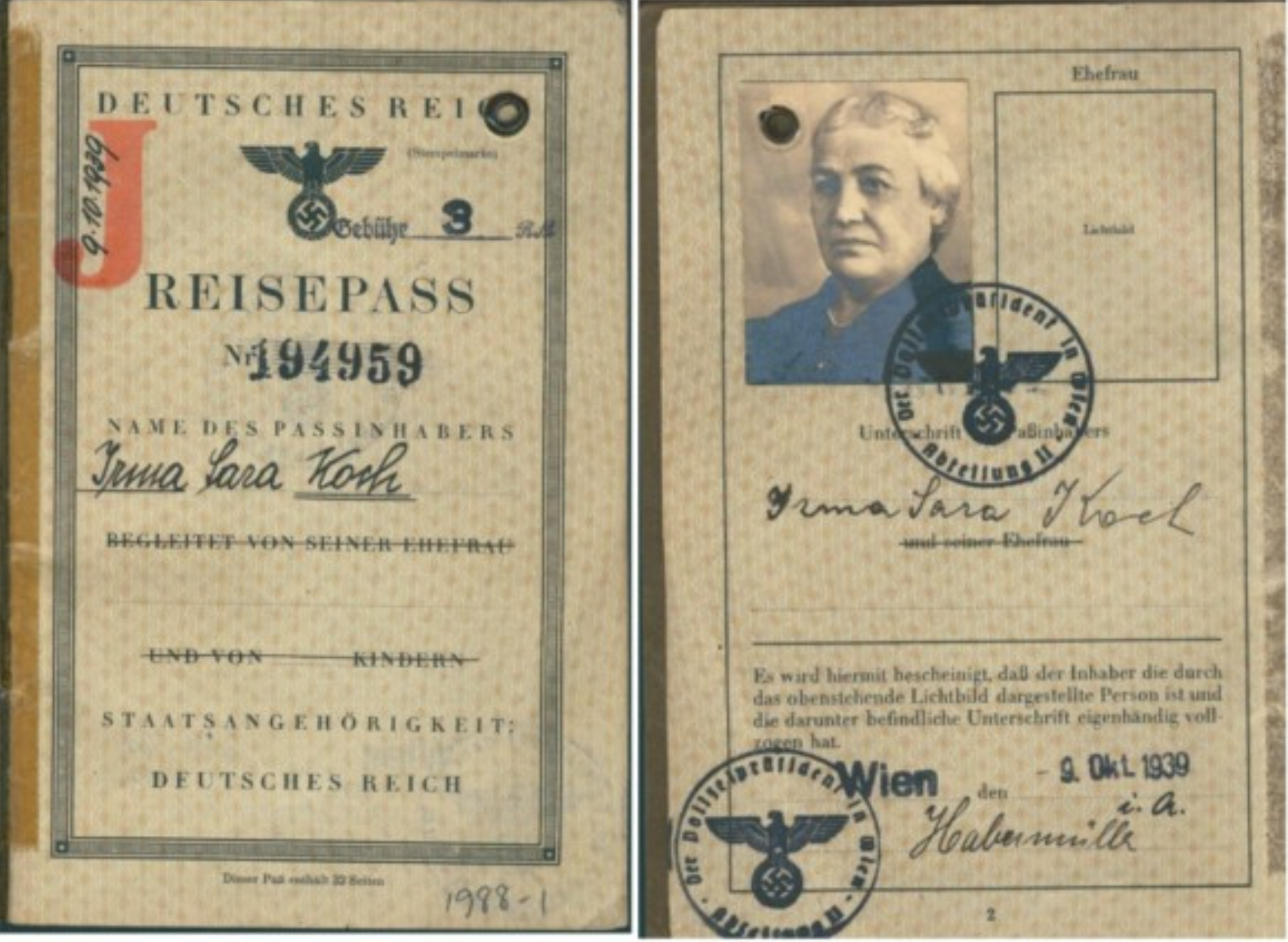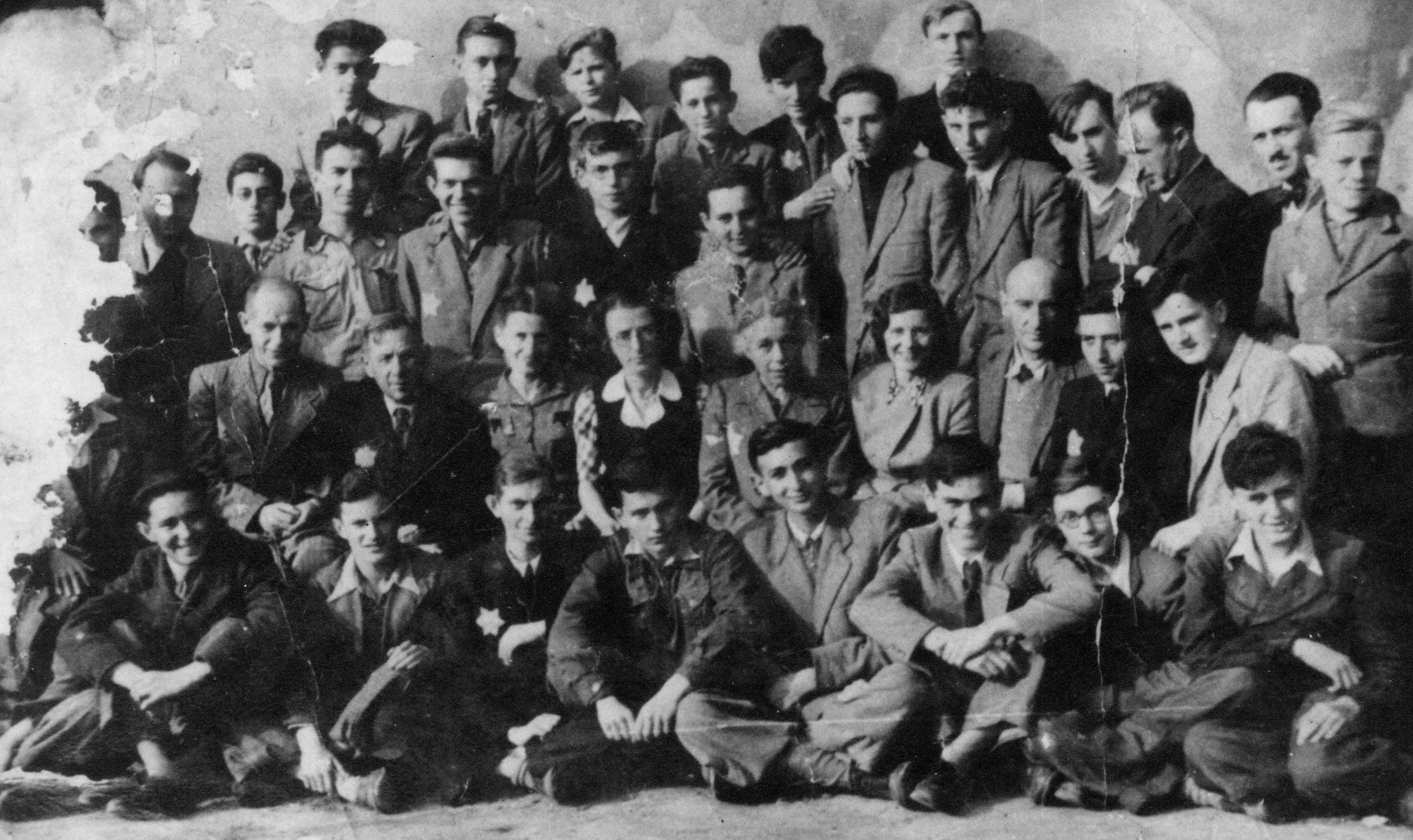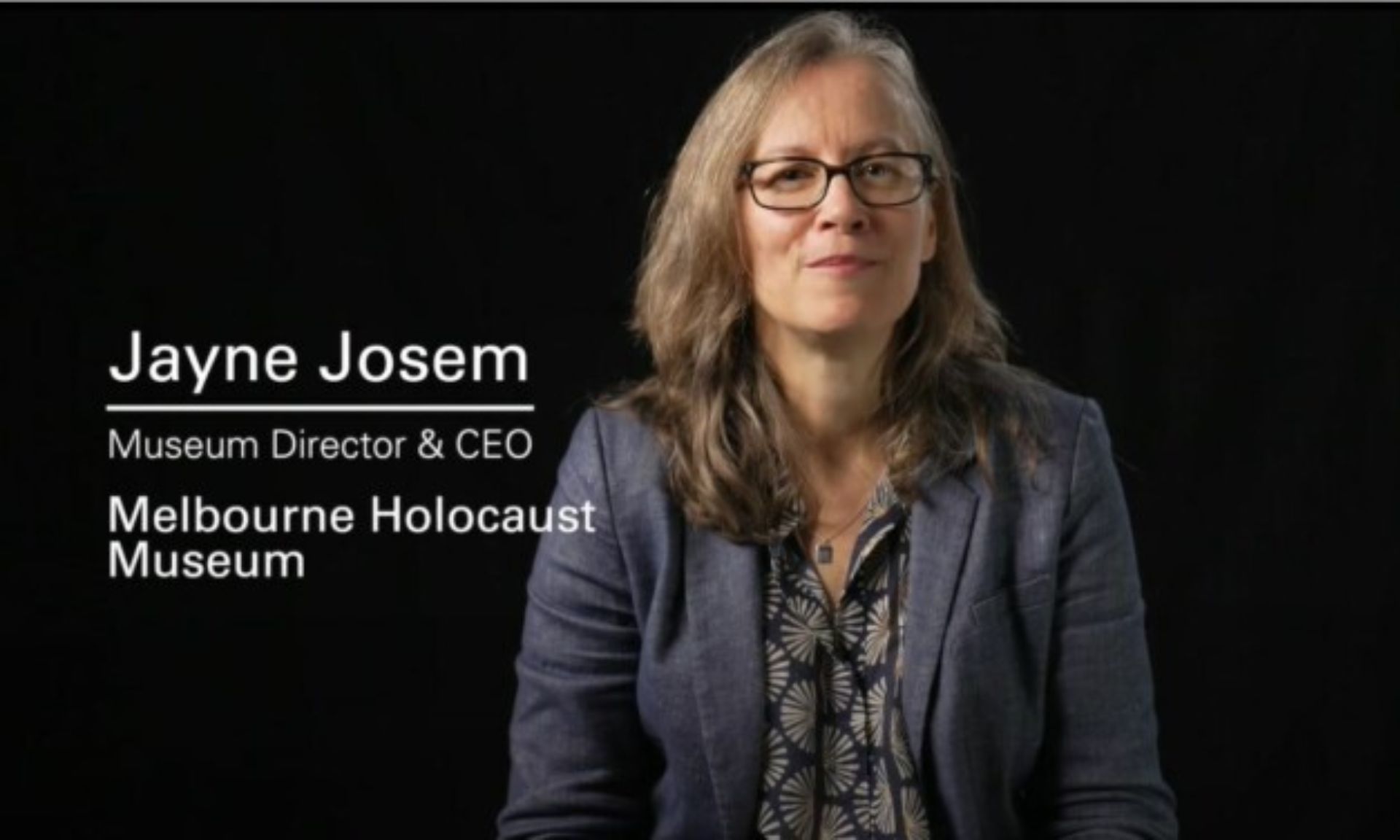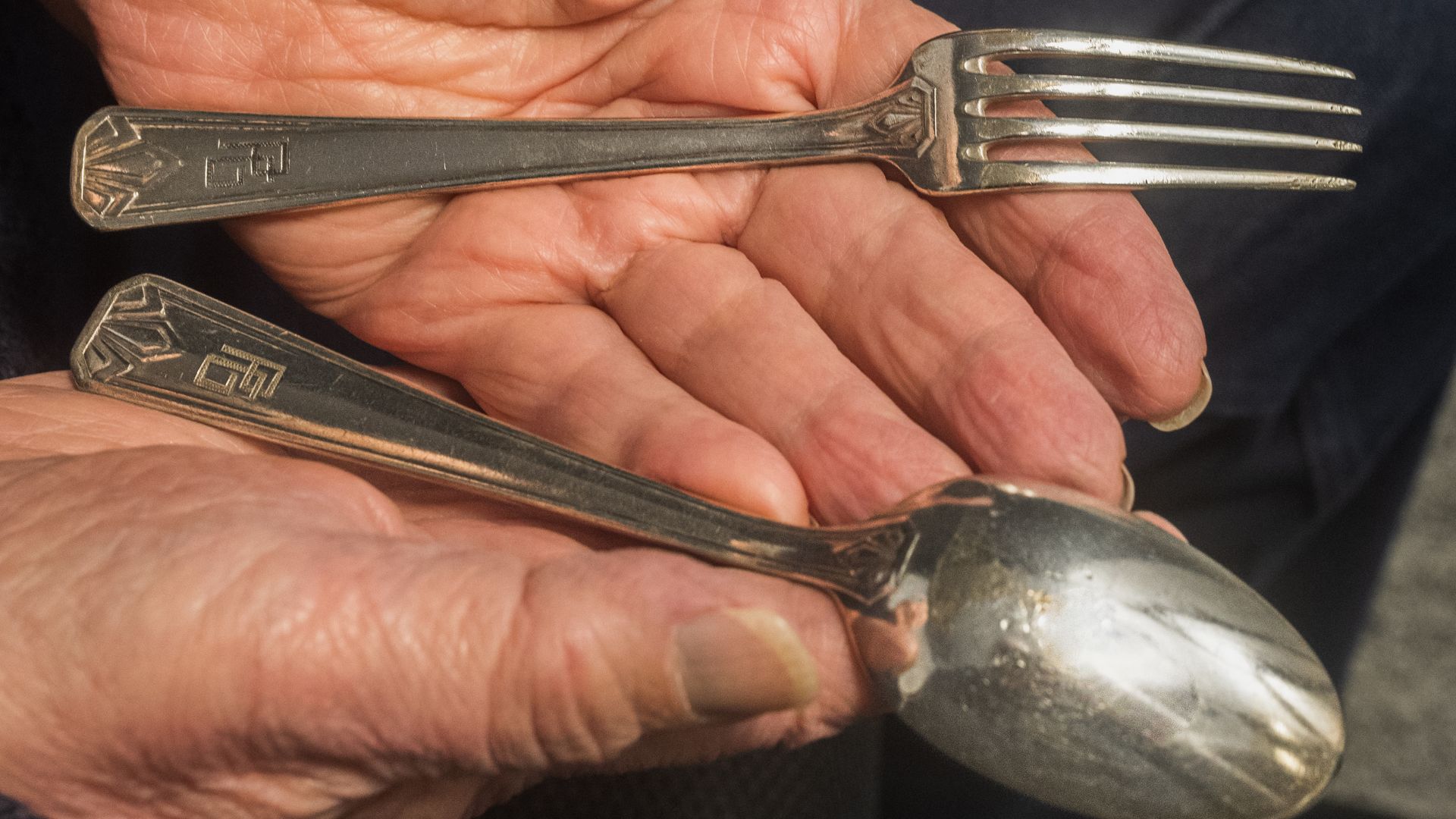Educating about discrimination at MHM
As part of our popular education program delivered by MHM’s Education Department, school groups undertake practical sessions to encourage an in-depth understanding of Holocaust themes, using copies of artefacts from the collection as a learning aid.
Irma Koch used this passport to leave Austria with her husband Otto for America in 1939, just before the outbreak of World War II. In 1938, all Jewish passports became invalid, and the Reich Ministry of the Interior declared they would only become valid if stamped with a red “J.” Additionally, in 1939, all Jewish people with names of non-Jewish origin were required to add the name “Israel” for a male and “Sara” for a female to their given names.
Education Programs Manager Tracey Collie believes discrimination “is a key theme within the education program and using artefacts like this passport from the collection to demonstrate acts of discrimination helps to elicit thoughtful conversation with students about the lead up to the Holocaust.”
Stay tuned on our social media pages in October while we continue with our thematic series focusing on loss.
